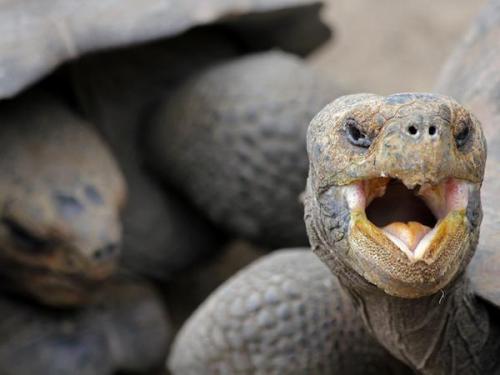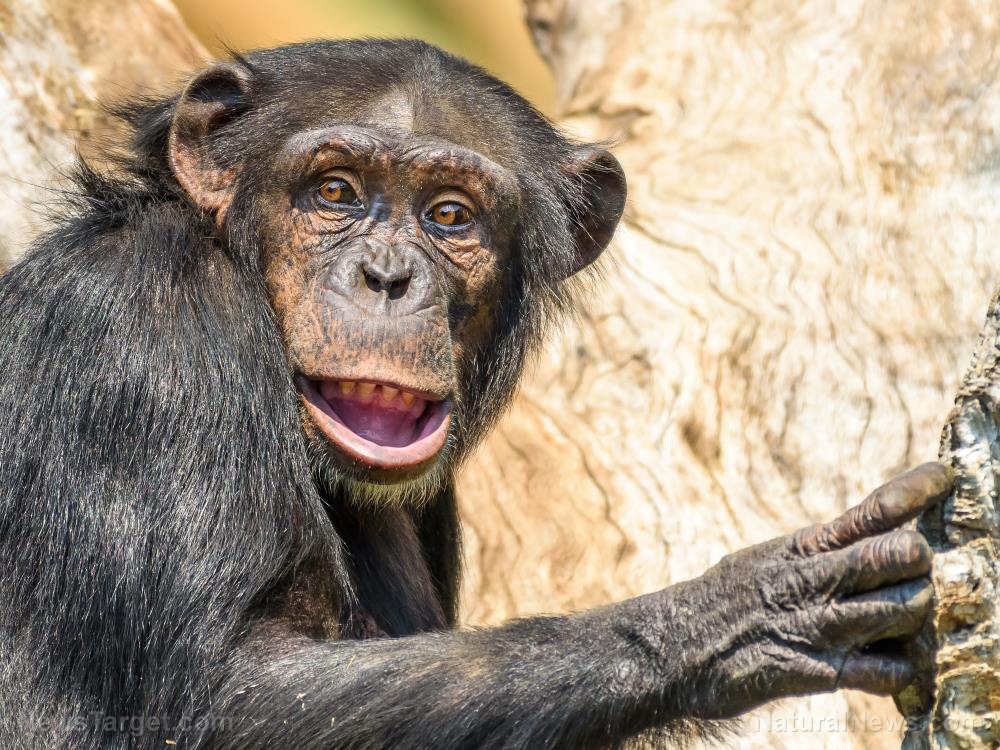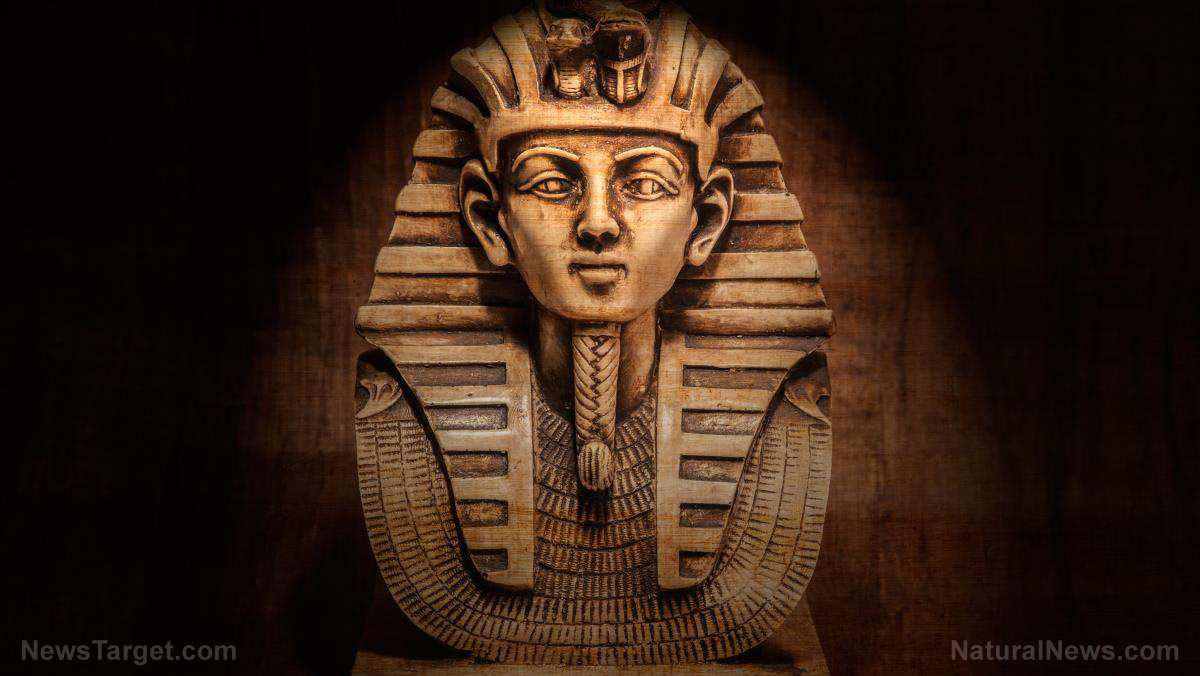Unlocking the secrets of Ancient Egypt: Archaeologists uncover dozens of mummified animals in the Tomb of Tutu
08/24/2019 / By Edsel Cook

The mummified remains of cats, dogs, falcons, and mice haunted a recently discovered tomb in Egypt. Experts believed that the animals were not the coterie of favored animals that got buried with their late owners. Instead, the animals were sacrificed and preserved as consecrated offerings to the dead.
Inscriptions found in the burial site identified its owner as a man named Tutu. He and his wife Ta-Shirit-Iziz got interred in the tomb around 2,000 years ago. The place escaped the notice of the authorities and tomb raiders until recently.
In a recent post on Facebook, the country’s Ministry of Antiquities reported that they found the Ancient Egyptian tomb in October 2018. The ministry learned about the burial chamber’s existence shortly after arresting a group of looters who were digging a tunnel to a different excavation site.
Once they found the entrance and opened it, the researchers and ministry officials discovered a well-preserved tomb. Various parts of the burial chamber featured vividly colored depictions of the Ancient Egyptian pantheon and the solemn rituals of a traditional funeral. (Related: Archaeologists uncover a dark chapter in Ancient Egyptian history: 60 Mummies found with evidence of GRUESOME deaths.)
Researchers find the tomb of a senior government official of Ancient Egypt
The tomb of Tutu lies near the Nile River and the city of Akhmim in the Sohag Governorate of Upper Egypt. Interested travelers from the Egyptian capital of Cairo must travel 280 miles (450 km) to reach it, but the long trip will arguably prove worthwhile.
The entrance connects to the main burial chamber by way of a long corridor. The walls of the passageway feature paintings that depict Tutu exchanging gifts with Anubis, Osiris, and the other gods who ruled the Ancient Egyptian underworld. Some of the paintings also showed Tutu working the fields.
In addition to the names of its owner and his wife Ta-Shirit-Iziz, the hieroglyphic inscriptions in the passageway also cited the names of the couple’s parents. Such declarations of genealogy were important to the Ancient Egyptians.
Two large jars flanked the entryway to the burial chamber. The clay pots held the remains of a middle-aged woman and a teenage boy. Analysis of the preserved corpses revealed that the woman died around the ages of 35 to 50. Meanwhile, the boy appeared to be 12 to 14 years old at the time of his death.
Based on the wealthy furnishings of the tomb, the researchers theorized that Tutu was a senior government official in the Sohag region.
Mummified mice join the humans, cats, dogs, and falcons buried in the tomb of Tutu
Humans were not the only occupants of the tomb of Tutu. Dozens of mummified animals lay in repose in the two-part lobby and the burial chamber. In addition to the expected cats, dogs, and hunting falcons, there were also mummified mice.
Ancient Egyptian burial sites sometimes held the mummified remains of the owner’s favorite pets. Cats, in particular, often get buried alongside their masters since they held a special place in the ancient polytheistic religion.
American University in Cairo researcher Salima Ikram opined that the mummified animals did not belong to Tutu, his wife, or the two corpses in the jars. He theorized that the various animals were offerings made to the dead couple by living relatives or descendants.
“The animals were probably put in much later and did not have anything to do with the humans,” explained Ikram, who wasn’t involved with the excavation and study of the tomb of Tutu.
Experts believed the tomb of Tutu got built during the early years of the Ptolemaic Kingdom (305 B.C. – 30 B.C.). They also found half a dozen additional tombs in the area, which will be charted out in due time.
Sources include:
Tagged Under: Ancient Egypt, ancient history, Archaeology, discoveries, Egypt, Egyptian tomb, history, mummies, mummified animals, mummified remains, real history, Tutu, weird science
RECENT NEWS & ARTICLES
COPYRIGHT © 2017 REAL SCIENCE NEWS



















